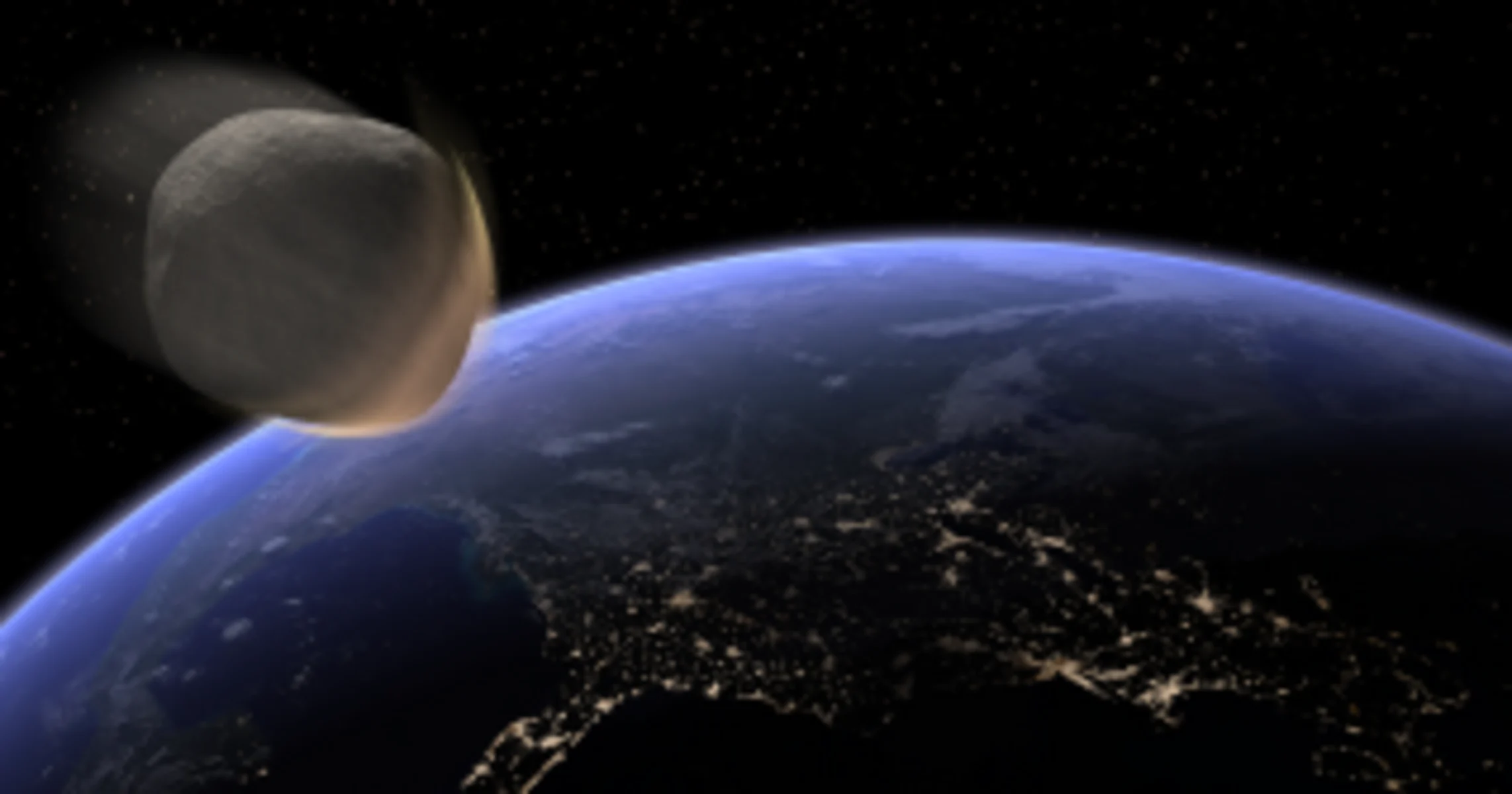
NASA preps for the asteroid that will (eventually) hit Earth
Some space rock will eventually threaten Earth, and we need to be ready.
Sixty-six million years ago - an asteroid or comet came crashing down from space, carving out an immense crater in what is now the Gulf of Mexico, sending the majority of dinosaurs on their way towards extinction.
June 30, 1908 - some object from space, possibly a 10,000-tonne asteroid, exploded over 8 kilometres above the forests of Siberia, flattening an estimated 80 million trees over 2,000 square kilometres, and producing enough heat that it set fire to the shirt of a man who was over 60 kilometres from the blast site.
February 15, 2013 - a roughly 10-metre wide asteroid exploded with enough force above Chelyabinsk, Russia, that the powerful shockwave shattered windows across the city, damaged buildings and resulted in nearly 1,500 injuries.
December 18, 2018 - the biggest asteroid explosion since Chelyabinsk occurred over the Bering Sea. Yet, no one knew about it until afterwards, due to a well-timed satellite image, and the data government sensors designed to detect nuclear tests.
April 28, 2019 - there are just over 20,000 known Near-Earth Asteroids. A little less than 10 per cent of those are considered 'potentially hazardous asteroids' or PHAs. A potentially hazardous asteroid is not necessarily one that is expected to hit Earth. It is simply an asteroid that is at least 140 metres across, which comes closer than 7.5 million kilometres from Earth at some point in its orbits around the Sun. The smallest PHA, if it actually hit Earth, could potentially level a city. The largest, up above 1 kilometre in diameter, could cause catastrophic damage on a planetary scale.
April 13, 2029 - a massive, 370-meter wide asteroid known as Apophis will make the closest flyby on record of any known large asteroid, coming to within 31,000 kilometres of Earth's surface.
Watch below to see the path Apophis will take on its April 2029 close flyby
In the above simulation, Apophis (yellow) flies over the Northern Hemisphere, passing safely over the ring of geostationary satellites (light blue). The orbit of the International Space Station is shown close to the planet (purple).
While we are safe from Apophis, and all the other known asteroids for at least the next 100 years or more, these events and facts bring up an uncomfortable truth.
At some point in the future, Earth is going to end up in the crosshairs of an asteroid that's big enough to be a threat. Whether it's a 'planet-killer' or a 'city-killer', we need to know about these asteroids, and we need to have a plan in place to deal with them before they hit us.
This week, scientists and policymakers are meeting in College Park, Maryland, at the 2019 Planetary Defense Conference.
Part of this conference is a test scenario to examine what NASA, FEMA and various agencies around the world would do - or perhaps better yet, could do - if such an asteroid was discovered on a collision course with Earth.
"We have to make people understand this is not about Hollywood. It's not about movies," said NASA administrator Jim Bridenstine, during a speech at the conference, on Monday.
"This is about ultimately protecting the only planet we know, right now, to host life, and that is the planet Earth."
The above tweets, from the European Space Agency Operations account, details one of the potential solutions to a threat - known as a kinetic impactor. Note the hashtag used in the tweets, #FictionalEvent, to emphasize that this is not real.
According to NASA, there is no tight script for an exercise like this.
"The point is to investigate how NEO observers, space agency officials, emergency managers, decision makers, and citizens might respond to an actual impact prediction and evolving information," they said in a press release last week.
The five-day exercise will involve the organizers updating the scenario at the end of each day, with participants reacting to each change in the fictional data, to determine what to do next.
The scenario details the discovery of this fictional asteroid, the subsequent refinement of its orbit as astronomers observe it, which increased its change of impact, followed by the planning and execution of a number of hypothetical actions, such as building and launching a spacecraft to examine the asteroid up close.
Such a mission would not only help us lock down the asteroid's path through space, but also determine how that path would change through time, due to the effects of the Sun. It would also provide us with information about the asteroid's composition, which would tell us - ultimately - how dangerous the asteroid is.
While Hollywood and TV often go for the quick-hit in their portrayals of these threats, with astronomers only giving us months, weeks or merely days to react, this 2019 PDC scenario is covering a period of 8 years between detection and impact. This allows them to explore more long-term plans for ensuring our safety, such as using impactors to knock the asteroid onto a safer trajectory.
Currently, both NASA and the Japan Aerospace eXploration Agency (JAXA) have spacecraft doing exactly this with two real asteroids, although neither of these asteroids - Bennu for NASA's OSIRIS-REx mission and Ryugu for JAXA's Hayabusa2 spacecraft - are deemed a significant threat to Earth. Still, both of these missions are returning valuable information to scientists that will undoubtedly help us, should we need to deflect or destroy an approaching asteroid.
Watch for further updates, as the 2019 Planetary Defense Conference continues.
Sources: NASA | ESA | NASA | NASA











